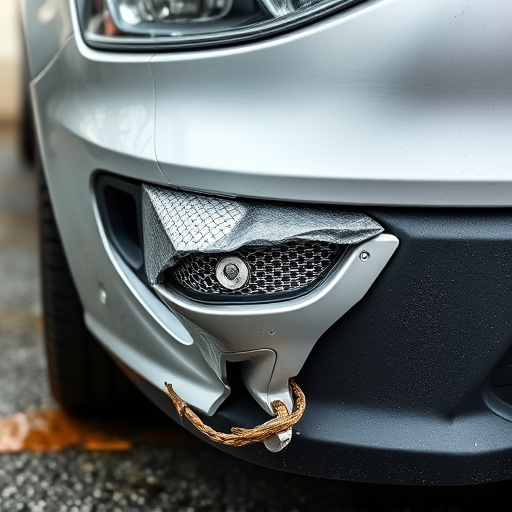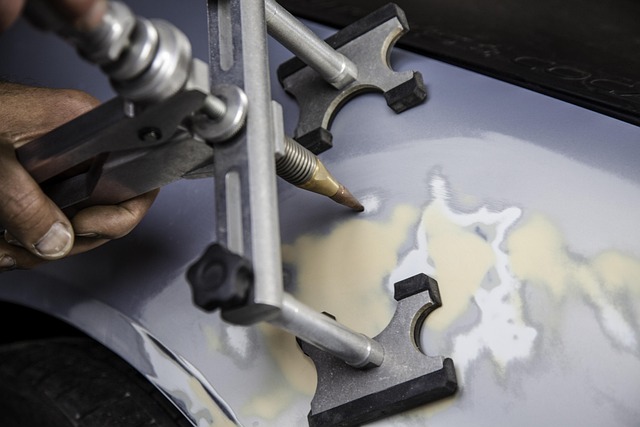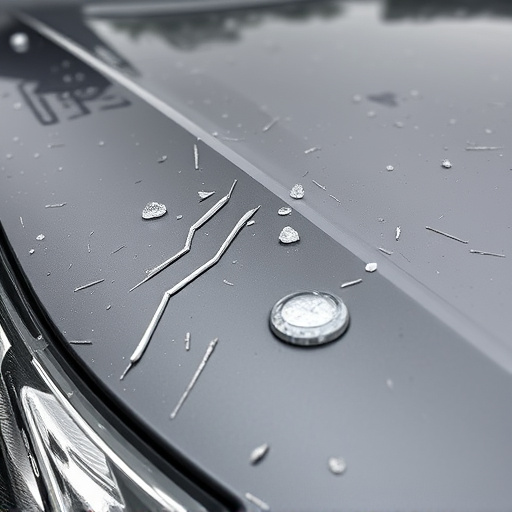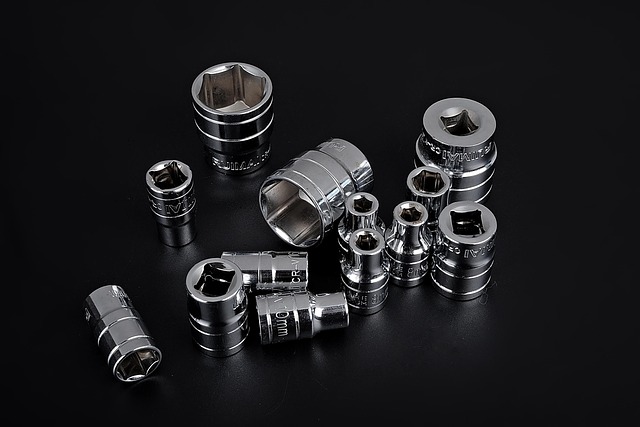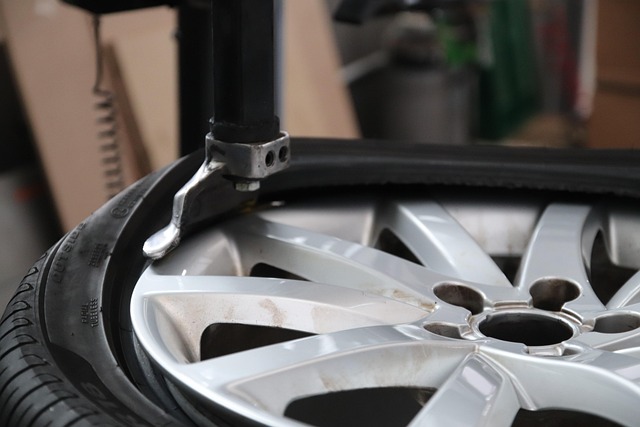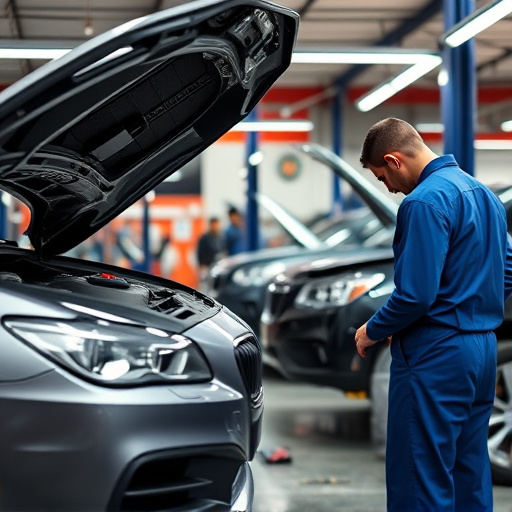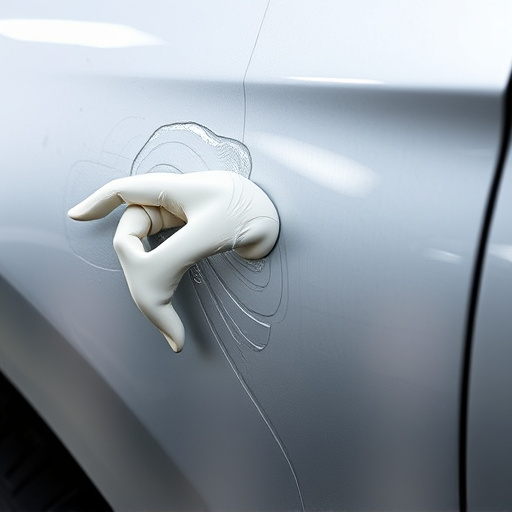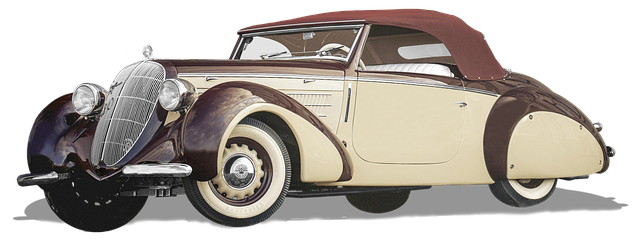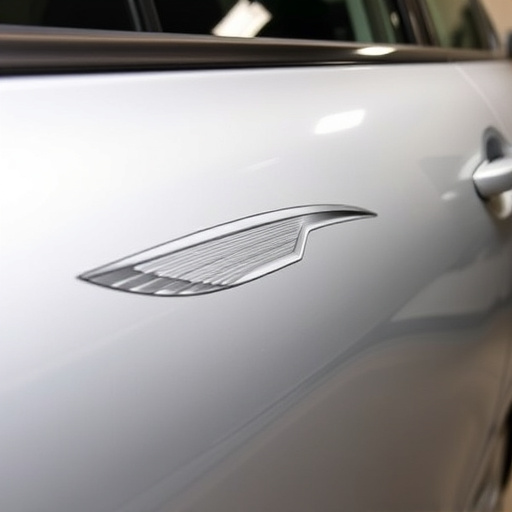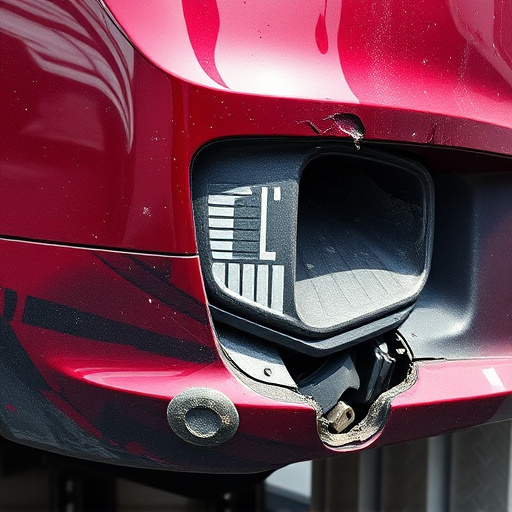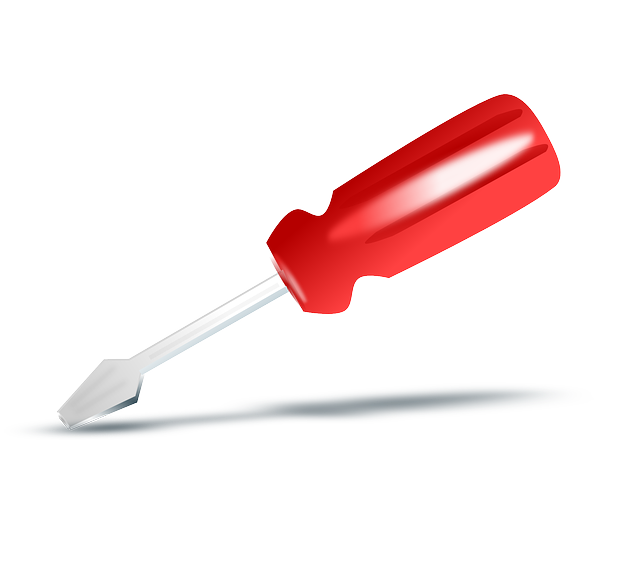Bumper collision repair is a specialized process that restores vehicles' front or rear bumpers to their original condition after a crash, involving thorough inspection, straightening bent components, replacing damaged parts, and realigning sensors critical for modern safety systems. Skilled collision repair shops understand that sensor realignment ensures optimal performance of advanced driver-assistance systems (ADAS), enhancing peace of mind for drivers. Prioritizing quality and safety, specialized services employ advanced techniques to restore bumpers to factory specifications while ensuring the reliable operation of critical vehicle safety systems like lane departure warnings and adaptive cruise control.
Bumper collision repair is a critical process that ensures vehicles return to their pre-accident condition. When a bumper is damaged, it’s not just about fixing the visible parts; it involves intricate processes that may include sensor realignment. This comprehensive guide delves into the various aspects of bumper collision repair, exploring how sensor realignment plays a pivotal role in ensuring both the vehicle’s functionality and safety. Learn more about these steps to understand the complete restoration process.
- Understanding Bumper Collision Repair Processes
- The Role of Sensor Realignment in Repairs
- Ensuring Quality and Safety After the Repair
Understanding Bumper Collision Repair Processes

Bumper collision repair is a specialized process that involves restoring a vehicle’s front or rear bumper to its original condition after a crash. Understanding this process is crucial for car owners looking to get their vehicles back on the road safely and with minimal cosmetic imperfections. The first step in bumper collision repair typically begins with a thorough inspection to assess the extent of the damage. This includes examining the impact zone, checking for cracks or dents, and identifying any underlying structural damage that might require attention.
Once the damage is evaluated, trained technicians employ various techniques tailored to different types of bumpers. Common methods involve using specialized tools to straighten bent components, replacing damaged parts, and realigning sensors that are integral to modern automotive safety systems. Sensor realignment is a crucial aspect, especially in today’s vehicles where sensors play a vital role in advanced driver-assistance systems (ADAS). Proper sensor calibration ensures the vehicle’s safety features function optimally after the repair, enhancing overall auto body restoration and peace of mind for the owner.
The Role of Sensor Realignment in Repairs
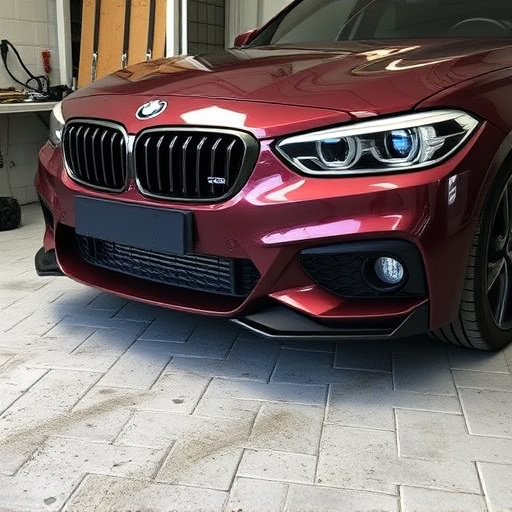
In the event of a bumper collision, sensor realignment plays a crucial role in ensuring proper repairs and restoring the vehicle’s safety features. Modern vehicles are equipped with advanced sensors that detect and prevent potential hazards, making their accurate positioning and functionality vital during the repair process. When a collision occurs, these sensors might be displaced or damaged, leading to inaccurate readings and compromising the vehicle’s overall safety.
A skilled collision repair shop understands that sensor realignment is often necessary to restore optimal performance. This meticulous process involves realigning the sensors to their original specifications, ensuring they function correctly and provide accurate data. By addressing dent removal and potential misalignments, the collision center guarantees that the bumper and its associated safety systems operate at peak efficiency, offering peace of mind for drivers post-repair.
Ensuring Quality and Safety After the Repair
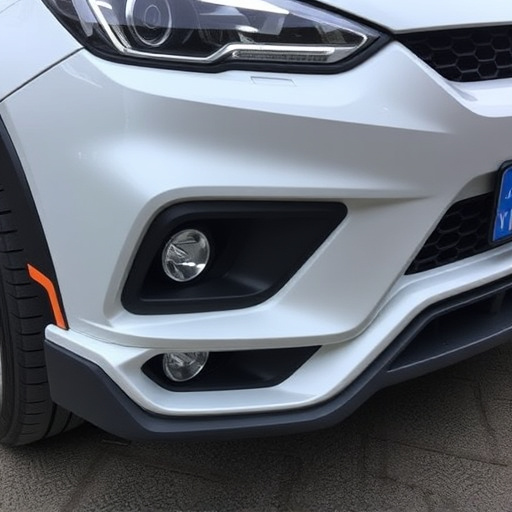
After a bumper collision repair, ensuring quality and safety is paramount. This involves rigorous testing and realigning sensors to maintain optimal vehicle performance and safety features. Auto repair services that specialize in bumper collision repair employ advanced techniques to ensure every component, from the lights to the impact-absorbing systems, functions correctly.
The process includes meticulous auto body work, where skilled technicians carefully restore the damaged areas to their original specifications. Moreover, realigning sensors is crucial as these play a vital role in modern vehicles’ safety systems, such as lane departure warnings and adaptive cruise control. Vehicle repair that incorporates sensor realignment guarantees not only the aesthetic appeal of the bumper but also the overall functionality and reliability of the vehicle’s critical safety features.
When it comes to bumper collision repair, sensor realignment plays a crucial role in ensuring the safety and quality of the vehicle. Understanding the processes involved, from initial assessment to final inspection, is key. By aligning sensors accurately, repair technicians can guarantee not only the aesthetic restoration of the bumper but also the proper functioning of safety systems. This comprehensive approach to bumper collision repair ensures that vehicles return to the road safely and reliably.

